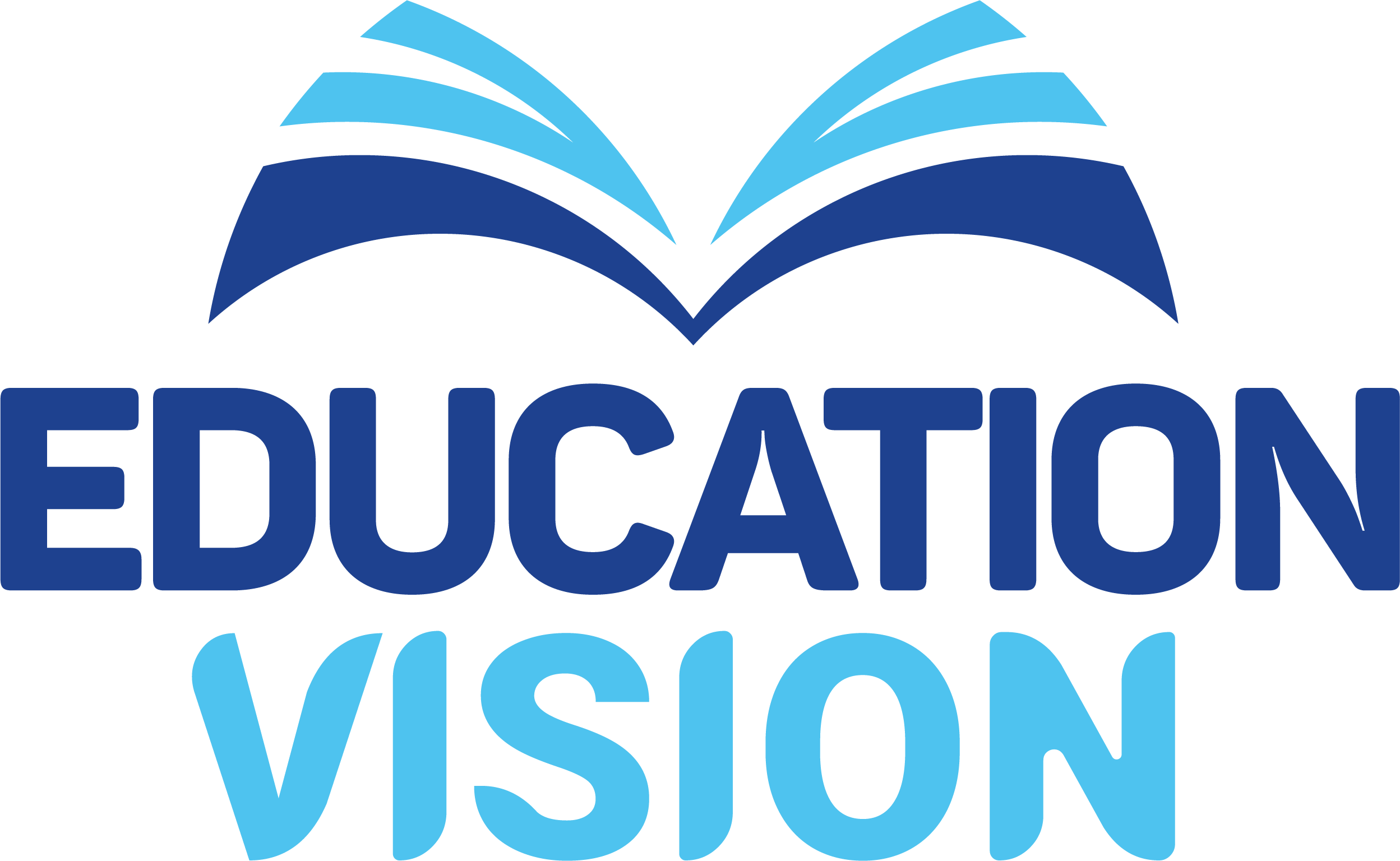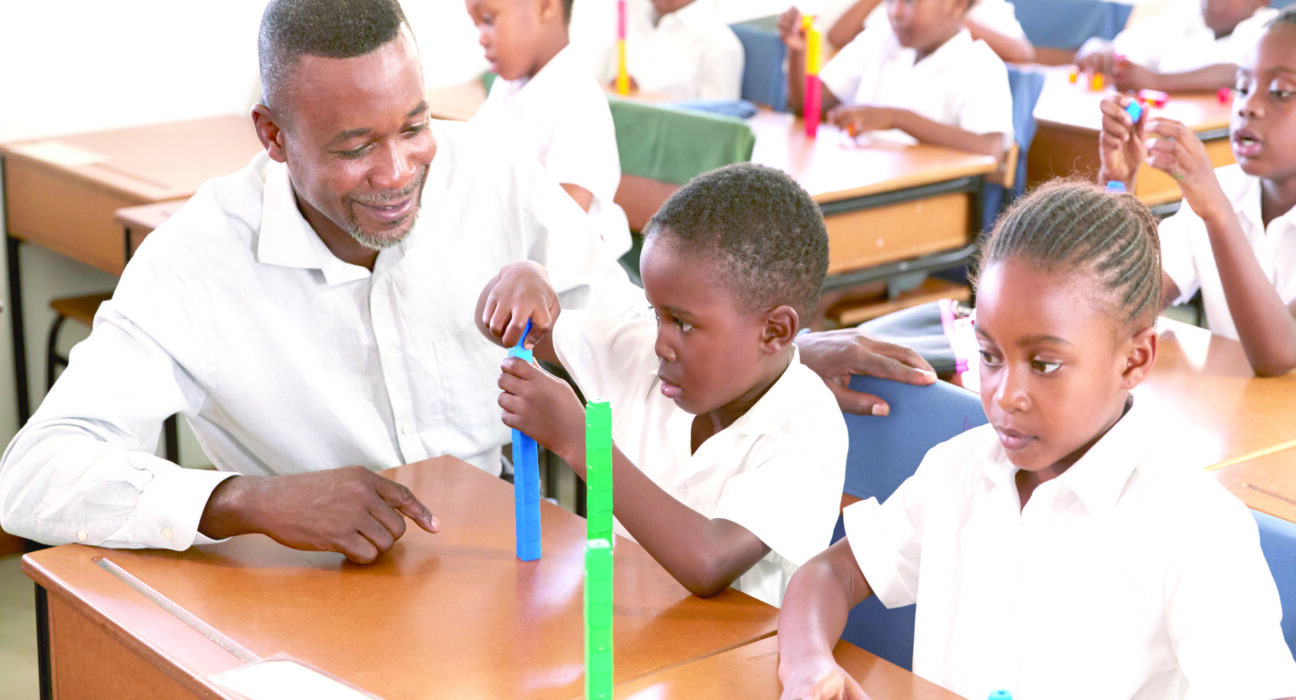By Martin Kitubi
The Government has already drawn up a plan on how academic institutions will reopen, starting with higher institutions of learning, including universities.
According to the plan, tertiary institutions will reopen in November starting with continuing first year students.
Schools on the other hand, will re-open in January 2022 and that priority will be given to classes that have not had enough time with teachers such as P1 to P3 and semi-candidates.
To come up with this decision, the Government considered four scenarios, each with its own consequences.
As part of the plan to reopen academic institutions, the Government proposed four key options, studying the risks, cost implication and the benefits. The options factored in the financial, health and human capital needs for the country to reopen.

The First Option
Under the first scenario, the Government looked at fully opening up all education institutions with status-quo on vaccination.
This scenario considered opening all academic institutions under the current levels of vaccination.
However, its cost implication was high because it required immediate capitation for government-aided schools and tertiary institutions, including setting up facilities.
According to the Government, the risk with this scenario was that it would compromise the stringency index from 50% to 21.6% due to increased movements of students particularly in day schools.
In addition, it was projected that this scenario was likely to increase COVID-19 cases by 46% with a daily average of 327 compared to before the status quo of 224 over the modelled period. With this background, it was declared not suitable and, therefore, dropped.
However, under the scenario, the Government had highlighted benefits and that it would immediately relieve it of pressure to reopen schools. In addition, the country would have recorded an increase short-term access to learning and that it was likely to stimulate the economy due to increased aggregate demand.
These scenarios were part of the Technical Note on school reopening that was developed by the National Planning Authority (NPA) to the Government for consideration.
Fully Vaccinated Population
Under the NPA Technical Note, they had considered to fully open up all academic institutions, but with full vaccination of all the eligible population. This option considered opening up of all education institutions after vaccinating at least 22 million eligible Ugandans.
However, the cost implications were many compared to the first including cost of vaccination for 22 million persons.
In addition, there would be time spillover as it requires approximately six months to implement with availability of required stock of vaccines.
The other risk was that it would have increased pressure and anxiety from stakeholders to open schools.
Therefore, it was considered not timely and not affordable in the short to medium term.
If considered, the benefits would include sustainably lowering the risk of COVID-19. “Available evidence indicates that 95.3% of vaccine effectiveness can be achieved at seven days or longer after the second dose,” the Technical Note reads.
Reopening By Levels
NPA had also proposed a phased opening of schools according to levels, that is to say, primary only, secondary only and tertiary only. It also proposed opening of a combination of education levels, according to NPA.
The scenario also recommended adoption of alternate models of attendance with vaccination for only teachers and eligible student population. This scenario also required testing of unvaccinated children starting with those in boarding schools.
The cost implications included capitation for all schools and tertiary institutions, cost of vaccination for 1.2 million persons and testing about 8.2 million learners in government-aided primary and secondary schools.
As part of the risk, it was envisaged that there was a possibility of continued community level spread particularly from learners if the proposal was to be implemented.
For instance, opening tertiary institutions only would increase new cases by 8% from 224 to 242 within the 28 days of model projection whereas opening secondary only increases new cases by 18% from 224 to 264.
In addition, opening of primary only would increase new cases by 38% from 224 to 310.
Combining tertiary and secondary levels would increase new cases by 32% from 224 to 295.
“Opening in the following the order; tertiary, secondary and primary, would increase new cases by 46% from 224 to 327,” the Technical Note reads.
With this background, the phased reopening was of high risk and unsustainable.
“The phased option is associated with low risk albeit with a high cost of prolonged lockup of the primary education sub-sector,” NPA said.
However, the Technical Noted indicated that opening of all institutions with alternated attendance for day schools is highly recommended as it is timely, affordable, easier to achieve and optimal.
The benefits include lowering the risk of learners infecting their teachers and vice-versa, improves surveillance of infection particularly among unvaccinated learners in primary and lower secondary.
Vaccinating Students, Teachers
The Government had also considered opening up all education institutions after vaccination of students aged 18 and above and the teacher population.
The scenario considered opening up of all education institutions after vaccinating an estimated 550,000 teachers and 650,000 students.
The cost implication included capitation for all schools and tertiary institutions, the cost of vaccination for 1.2 million persons.
This was looked at as the best option and that it was timely, affordable and easier to achieve compared to the others.
The only risk was that there was a possibility of continued community level spread particularly from learners (at primary and secondary) to their parents. However, NPA indicated that the benefits outweighed them.
The advantage is that scenario lowers the risk of learners infecting their teachers and vice-versa but may not significantly impact COVID-19 weekly averages.
In addition, the option relieves the Government of pressure to reopen schools; ensures increases short-term access to learning.
Consequences Of Opening Now
George William Ssemivule, the chief executive officer of Educom Consult, says full reopening of academic institutions now has implications to schools, parents, teachers and the learners.
Ssemivule, the former headteacher of Kings College Budo and Mengo SS, noted that unlike government-aided schools which would receive capitation, private ones would still struggle.
For teachers, he said, preparing for lessons now would be done in a rush and that a number have to resort to other opportunities.
For parents, he said, reopening now would have a financial implication on them.
“We are just from the second lockdown and a number of parents have lost their jobs and that means, they cannot pay tuition fees. Going for a school fees loan now would be an additional burden,” he said.
However, he noted that certain private schools would be able to get funds and reopen.
To the country, he said, the COVID19 cases would skyrocket.
Hasadu Kirabira, the in-charge of Research at the National Private Educational Institutions Association-Uganda (NPEIA), however, says private schools are always ready.
The reason why certain banks are auctioning schools, he said, is due to lack of financial assistance, but this would be solved if schools are reopened.
“When it comes to school fees, we would always find a way to negotiate with parents. We have always had children who even write exams with arrears,” he said.
What The Govt Says
Dr Denis Mugimba, the education ministry spokesperson, said reopening all academic institutions was rejected due to the associated risks.
He said, the Government was looking at a safe way of reopening.
“The ministry wants to reopen. However, we cannot just do it. We need a safe reopening. The tertiary institutions can open because there is availability of vaccines,” he said. “We also considered other options. But they are unsafe,” he added
(This article was first published in the New Vision on 29th September, 2021)

